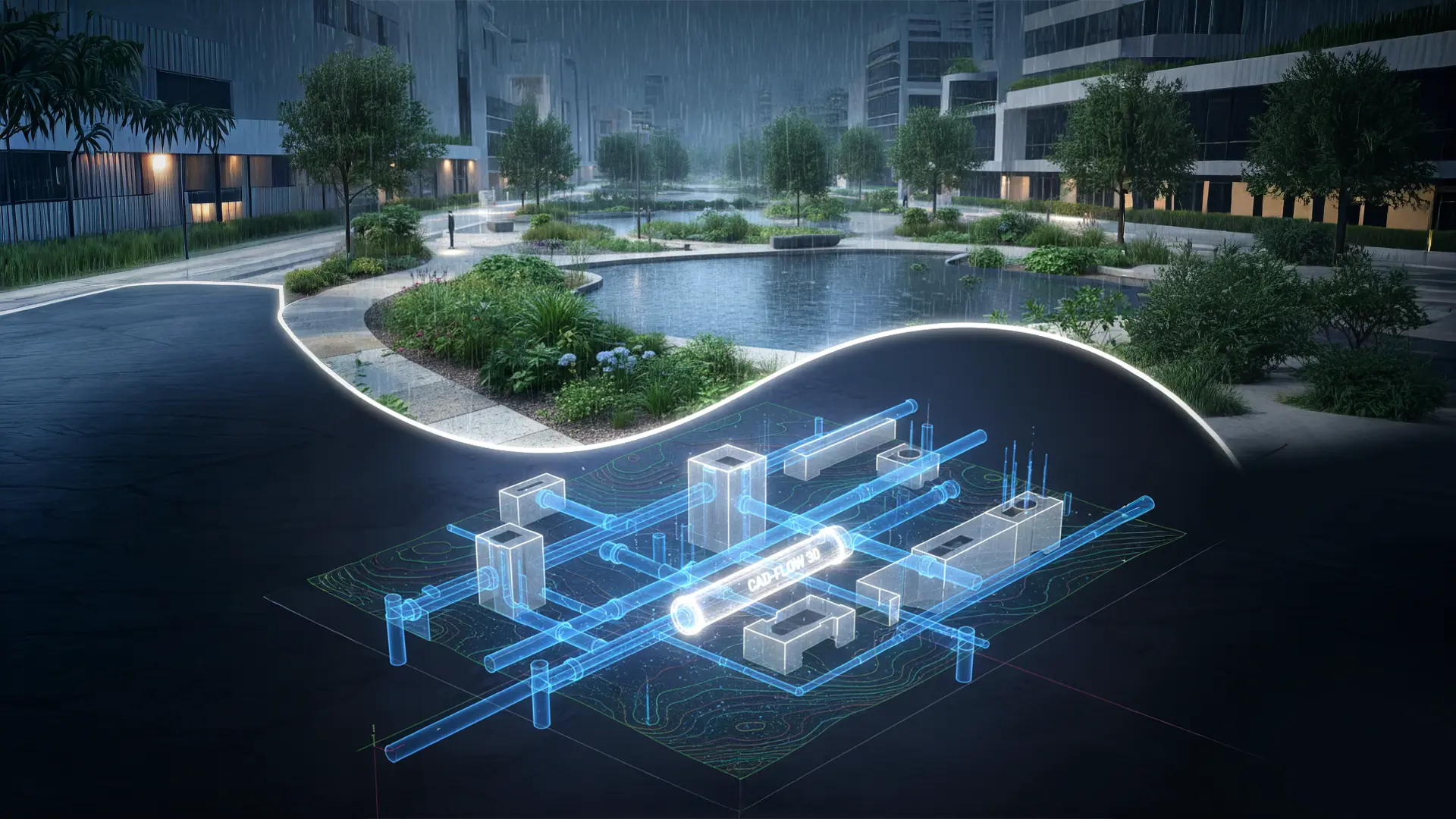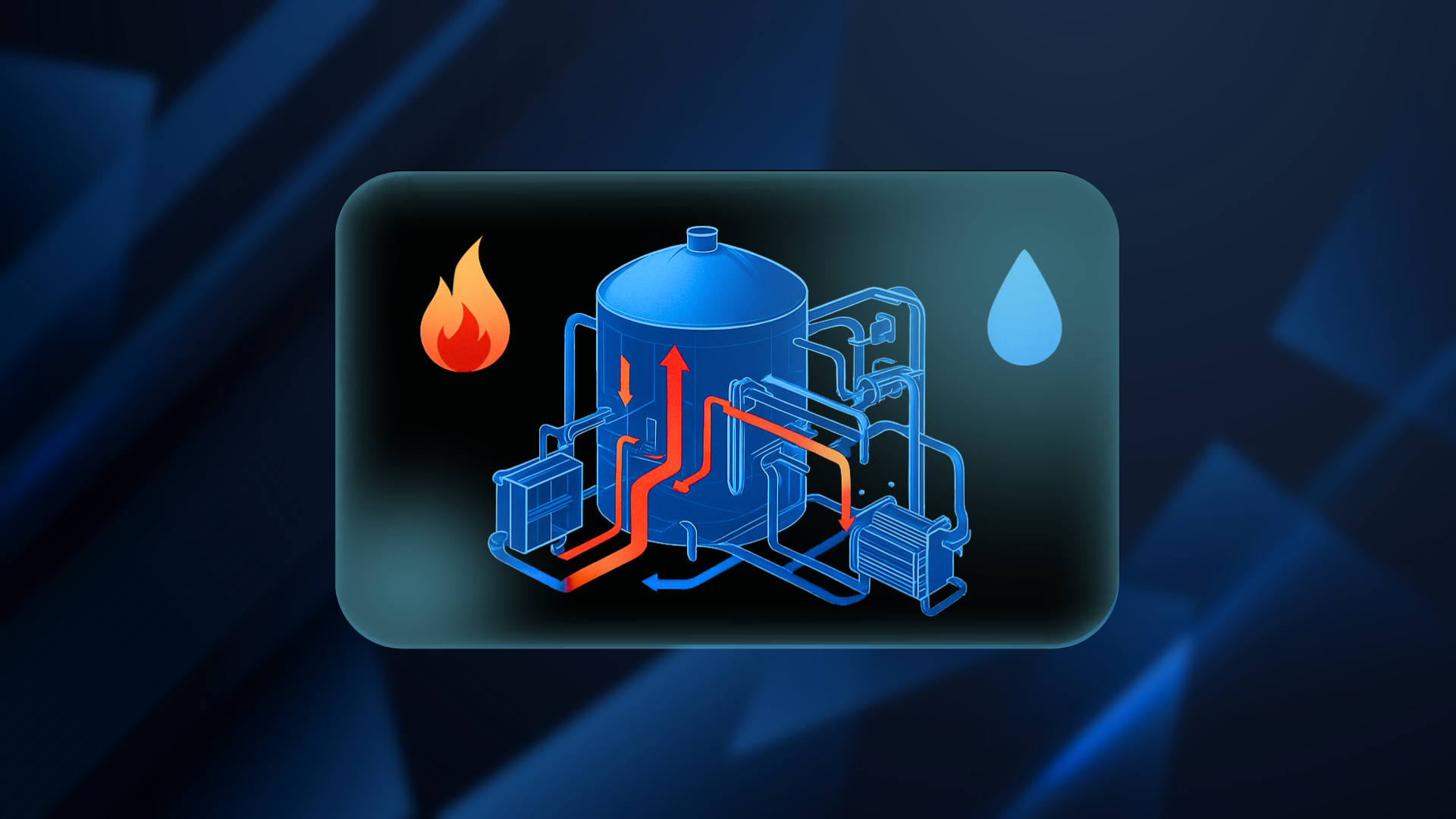Are Integrated Energy and Water Grids the Future of Smart Cities?
Though technology has been growing rapidly, turning corners of every industry it touched, there’s one thing that has always been beyond prediction: nature’s response to the change. Factors such as climate change, urban population growth, and aging infrastructure are straining existing utility systems, with cities facing unprecedented pressure to manage their natural and built resources efficiently. The traditional model of separately managing electricity, water, gas, and waste is proving increasingly unsustainable in the face of these challenges. Every problem should seek a solution.
This is where integrated energy and water grids offer a forward-thinking, scalable solution. These grids combine the operation and management of multiple urban utilities, particularly electricity, and water into a cohesive, coordinated system. By embracing advanced technologies like IoT sensors, AI-powered analytics, and real-time monitoring platforms, cities can dramatically improve resource efficiency, reduce emissions, enhance reliability, and build resilience against shocks.
Rather than expanding each utility network in isolation, integration encourages the synergistic use of infrastructure, information, and management tools forming the backbone of future-ready smart cities.
Why We Need Integrated Energy and Water Grids
To understand the need for integration, we must first examine how traditional utility systems function. Historically, energy and water networks have operated in silos. Electricity generation, transmission, and distribution occur through a dedicated system, while water is delivered through entirely separate treatment, storage, and pipeline networks. These systems often fall under the control of different agencies, governed by separate regulations, budgets, and maintenance plans.
This disjointed setup can lead to several systemic inefficiencies, such as:
· Redundant infrastructure investments like separate monitoring systems or communication networks for water and electricity
· Poor coordination during emergencies, such as storms, floods, or power outages
· Higher operating costs, due to duplicated personnel, equipment, and energy use
· Lack of data sharing between utilities, limiting insights into broader system performance
Modern urban challenges are making this siloed approach increasingly unviable. Cities today must contend with:
· Extreme climate events like floods, droughts, wildfires, and heatwaves that impact multiple utilities at once
· Rapid urbanization, placing stress on aging and capacity-limited systems
· Public demand for more sustainable and equitable access to resources
Integrated grids help address these issues by enabling synchronized operations and data-sharing between electricity and water networks. For instance, a city might use weather forecasts and consumption patterns to anticipate both electricity load and water demand spikes allowing for optimized resource deployment.
A key advantage lies in using a single digital platform to track and manage both grids. A smart meter that monitors real-time electricity and water usage can give utilities better visibility into usage behaviour and demand trends. In turn, this enables smarter pricing models, preventative maintenance, and improved service delivery.
Key Benefits of Utility Integration
The integration of utility systems offers wide-ranging benefits, touching nearly every aspect of urban planning, sustainability, and infrastructure management. Some of the most significant include:
Resource Efficiency: When utilities operate in tandem, they can better match supply with demand. For example, cities can power water pumping operations during off-peak electricity hours or use weather-driven predictions to time water treatment and distribution in a more energy-efficient way. This reduces energy waste and conserves water, particularly in regions with limited supplies.
Lower Infrastructure Costs: Integrated systems reduce the need for separate infrastructure such as sensors, data hubs, and maintenance crews. Shared investment in communication networks, AI platforms, and control centres helps cities cut both upfront capital costs and long-
term operational expenses. Co-locating infrastructure (e.g., placing electrical and water control units in the same facility) further contributes to cost savings.
Improved Resilience and Disaster Preparedness: During disruptions like blackouts, floods, or system failures, integrated grids provide adaptive flexibility. If one utility is compromised, the other can compensate. A solar-powered water treatment plant, for instance, can maintain clean water access during an electrical outage. Integrated platforms also help emergency teams prioritize repairs, reroute resources, and keep essential services running.
Environmental Sustainability: Integrated systems promote a circular resource economy. For example, wastewater treatment plants can capture methane for energy use or repurpose treated water for agricultural irrigation. Aligning water and energy flows allows cities to maximize renewable energy use, lower carbon emissions, and support long-term climate goals.
Better Urban Governance and Smart City Integration: Modern cities are leaning into data-driven decision-making. Integrated grids provide a rich, shared stream of real-time operational data to urban planners, engineers, and public officials. This enables more informed infrastructure planning, supports public engagement in conservation programs, and ensures policies are built around actual usage patterns and needs.
Challenges in Implementing Integrated Grids
While the benefits are compelling, building integrated utility systems comes with several challenges:
Legacy Infrastructure: Most cities rely on outdated systems not designed for interoperability. Retrofitting infrastructure to enable integration can be costly and technically complex.
Institutional Barriers: Utilities are often governed by different agencies with conflicting goals or technologies. Achieving collaboration across departments and stakeholders requires policy reform, financial incentives, and leadership.
Cybersecurity and Data Privacy: Integration depends on seamless data flow between systems. This raises concerns about data protection, privacy, and cyber threats. Strong cybersecurity standards and data governance policies are critical to success.
Regulatory Hurdles: Existing utility regulations are usually sector-specific. To enable cross-sector collaboration, governments must modernize policies, encourage pilot programs, and set standards for interoperability, cost-sharing, and accountability.
Integrated energy and water grids are not just an innovation; they are a necessity. As cities strive to become more sustainable, resilient, and liveable, breaking down the barriers between utility systems is key.
Thanks to advances in smart grid technology, AI, and real-time analytics, utility integration is now achievable and scalable. Cities like San Diego are already piloting these systems with impressive results in cost savings, service reliability, and environmental performance.
The future of urban infrastructure lies in cross-functional coordination, not isolated systems. Integrated grids enable cities to respond dynamically to change, adapt to climate pressures, and meet the needs of a growing population without exhausting resources.
For cities aiming to lead the way in smart infrastructure and sustainable city planning, integrated grids are a clear and compelling path forward. Reach out to CAD Connect today to learn more about integrated grids and how we can help in creating a future-proof integrated grid with the help of our CAD technologies.



